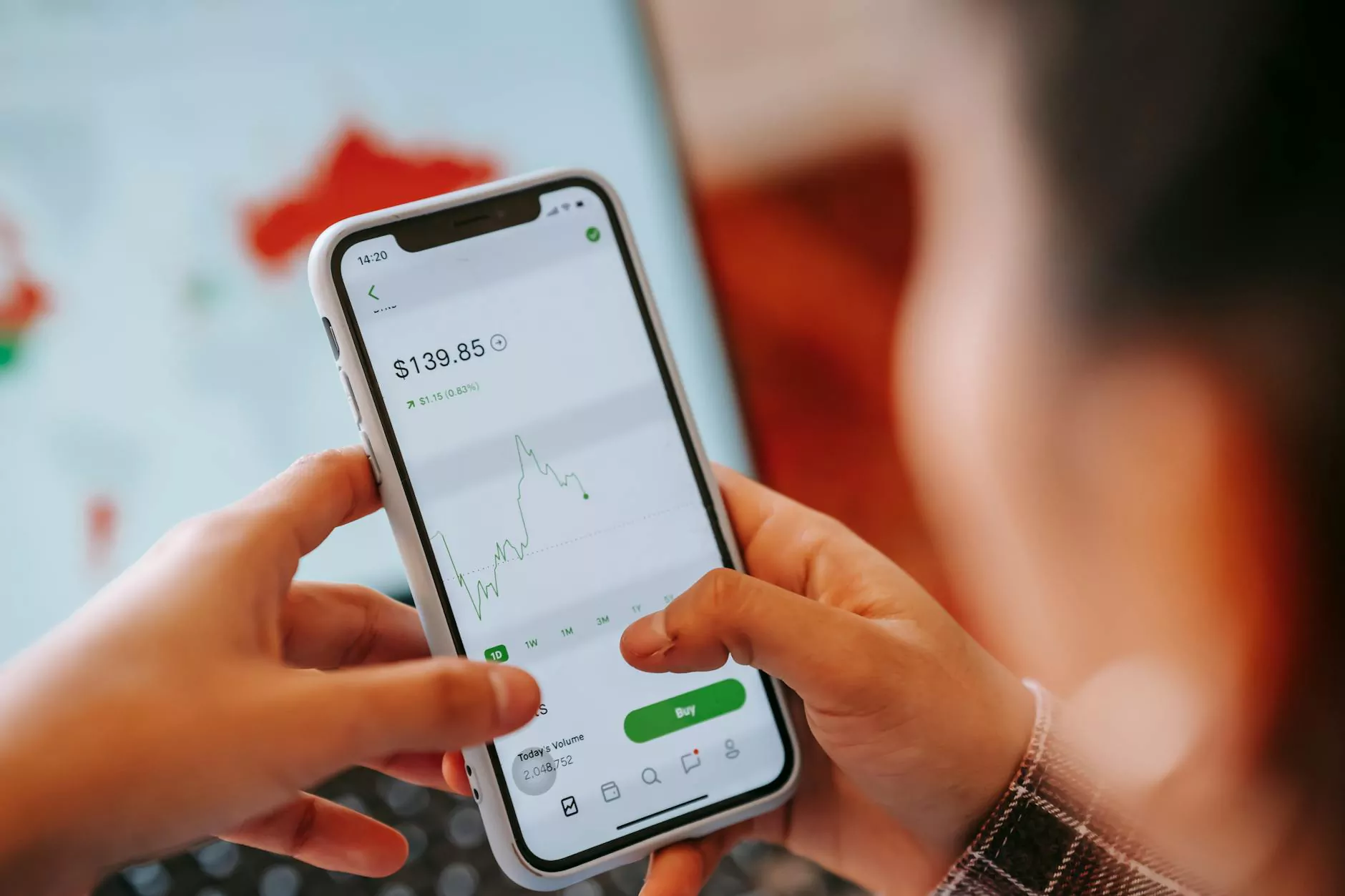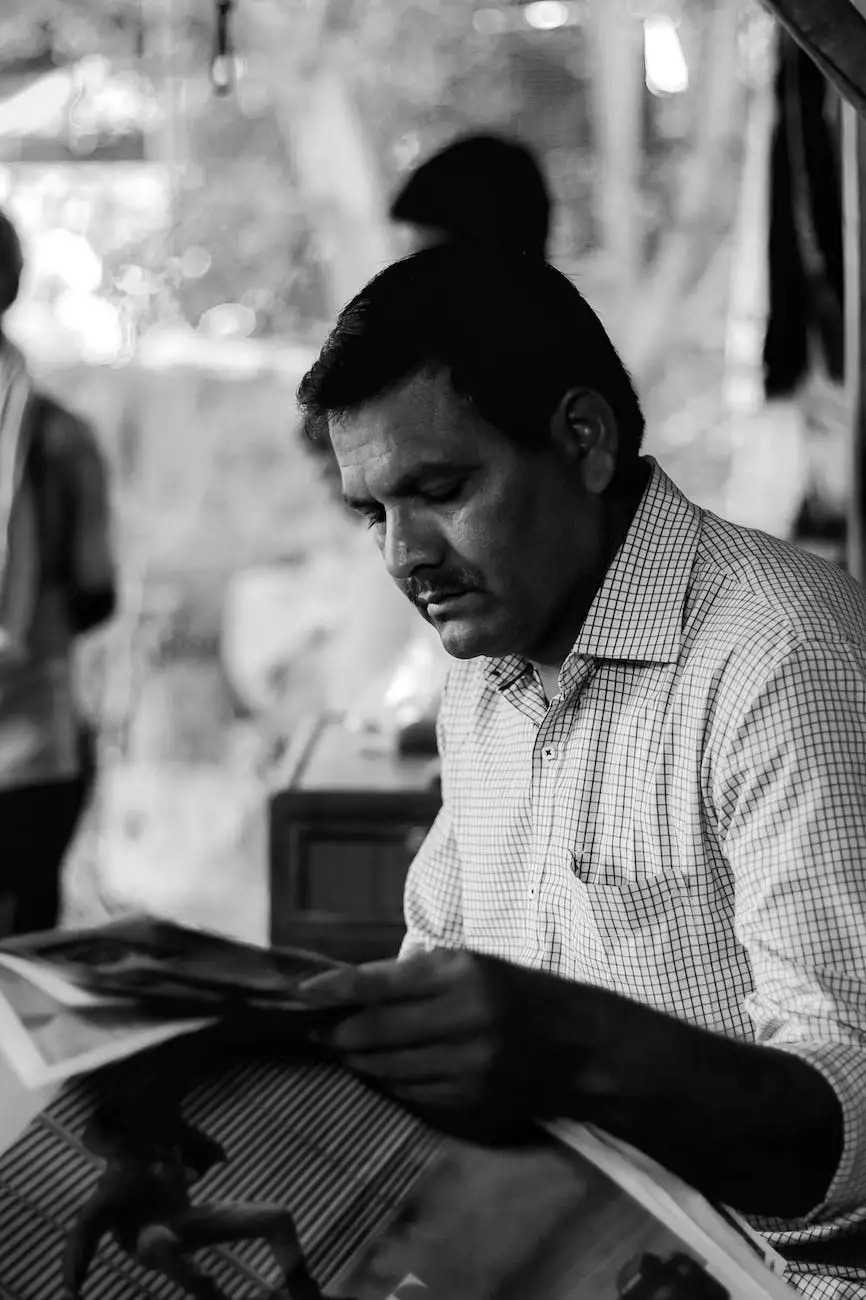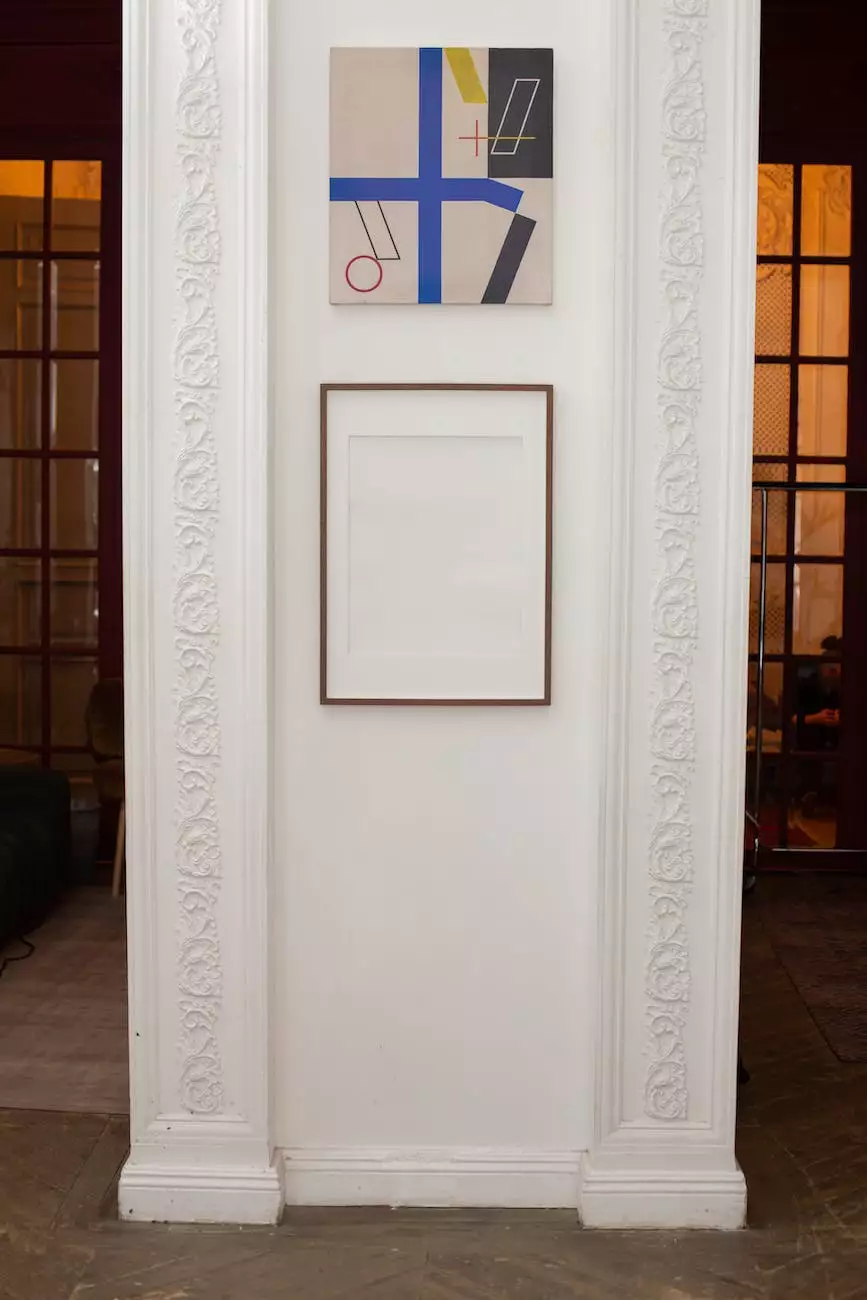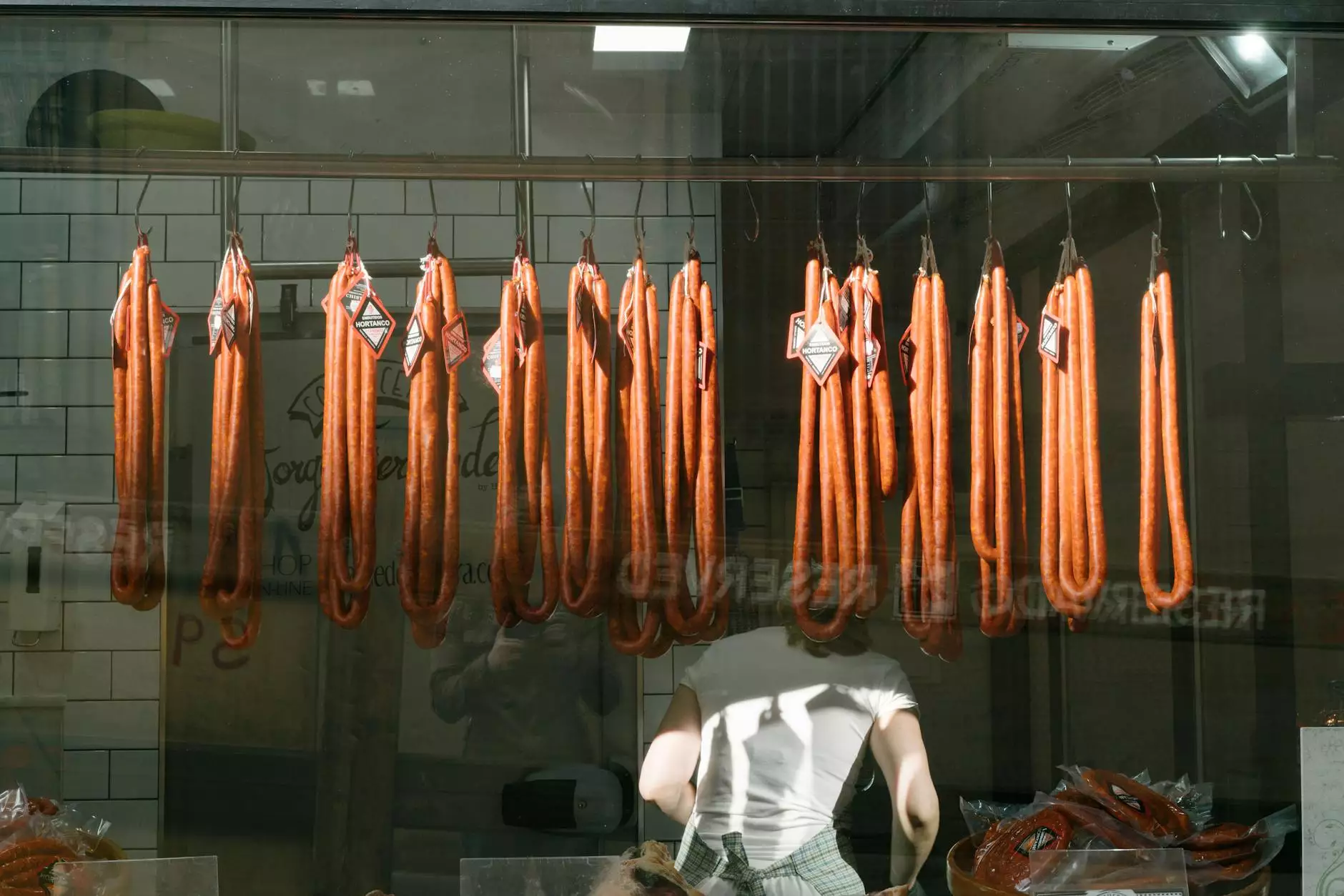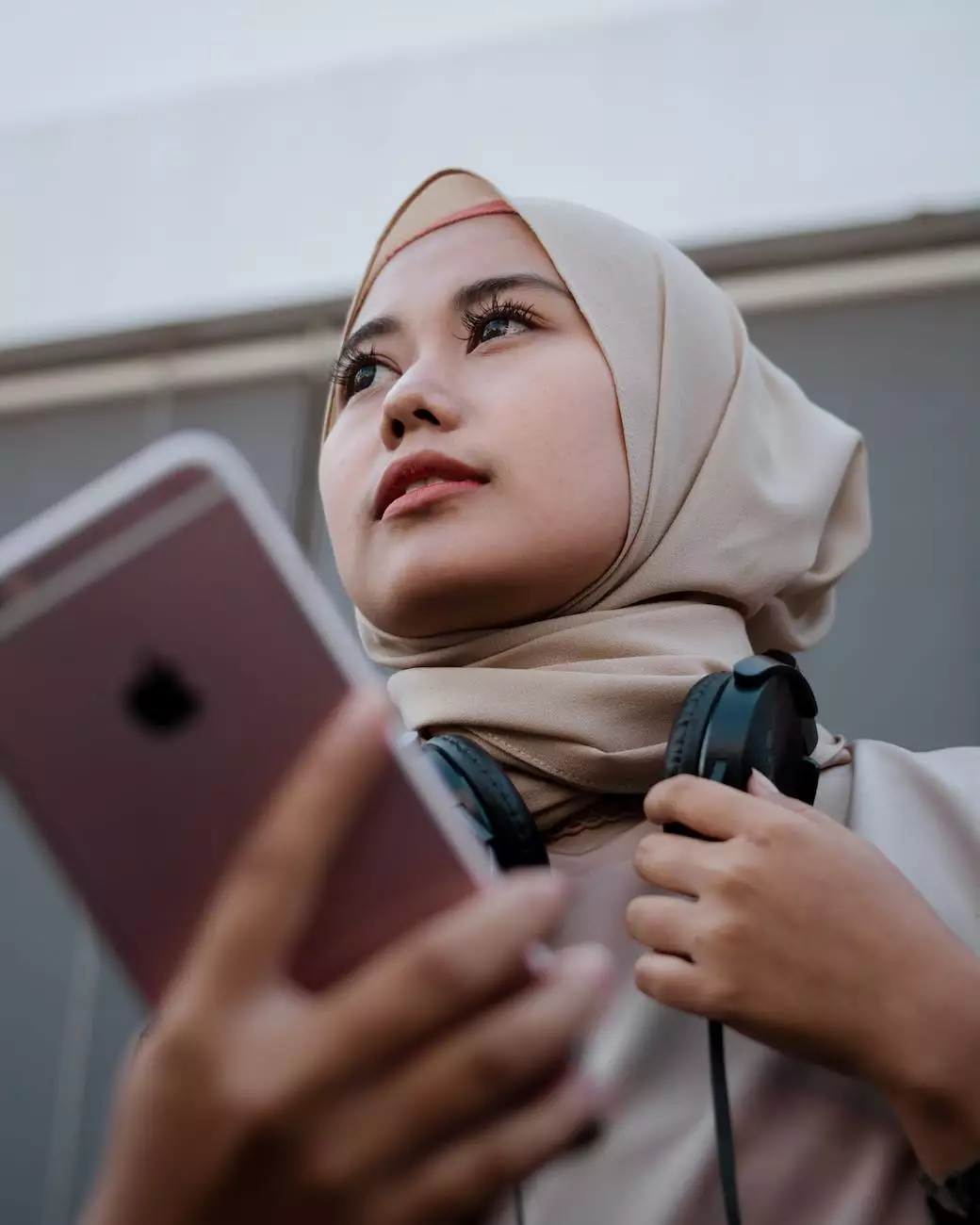Skin Story: The Brand Development of Victoria's Secret
Blog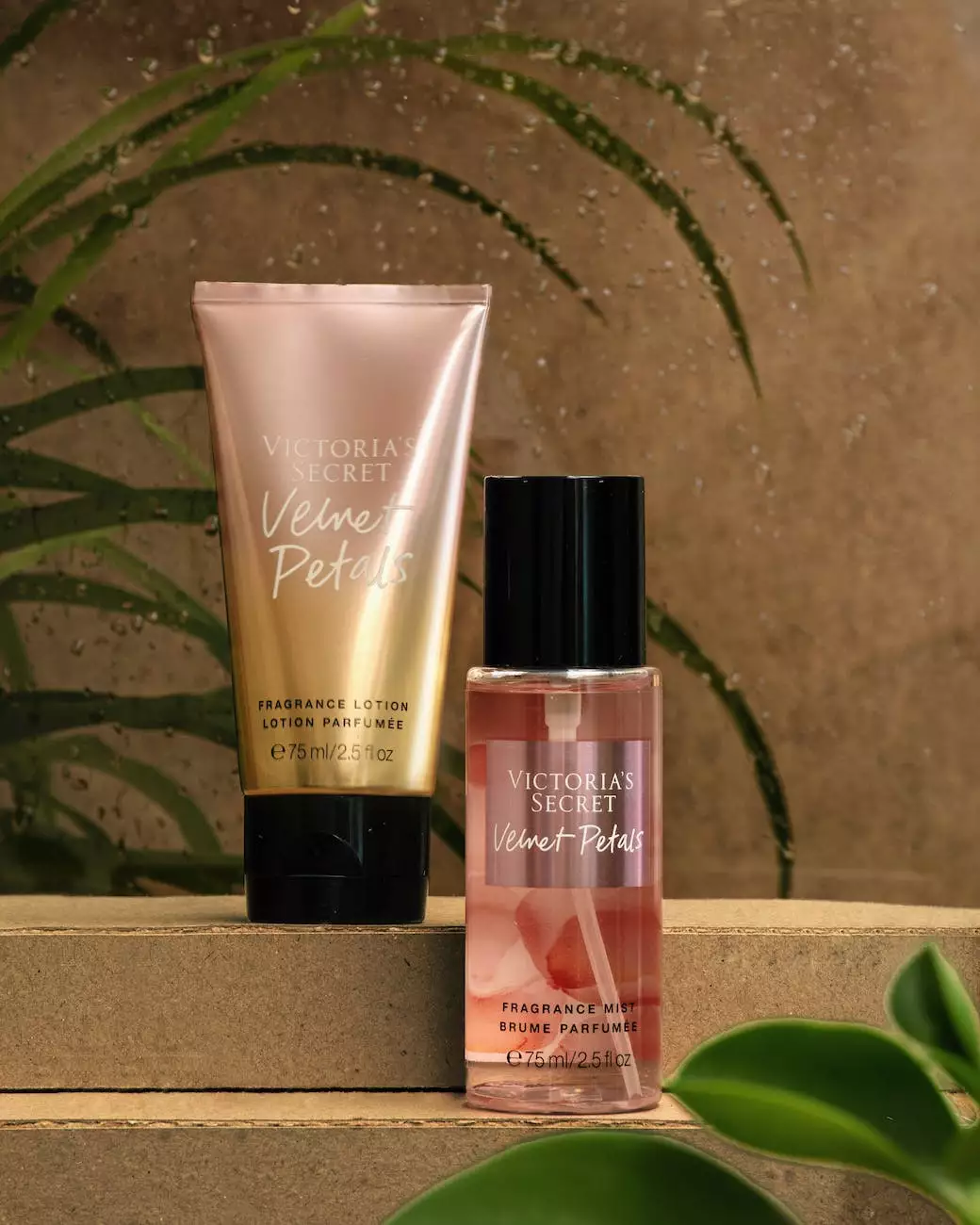
Introduction
Welcome to Urayus Home Improvement Marketing, where we delve into the remarkable brand development stories of various successful businesses. In this article, we explore the captivating journey of Victoria's Secret, the iconic lingerie retailer known for its alluring products and renowned fashion shows.
The Birth of an Icon
In the 1970s, Roy Raymond, an ambitious Stanford Graduate School of Business alumnus, identified a significant gap in the lingerie market. Most lingerie stores catered primarily to men, and Raymond envisioned a lingerie brand that would empower and cater to women's needs. With this vision, Victoria's Secret was born.
Building a Unique Identity
Victoria's Secret quickly gained attention for its unique positioning and marketing strategies. The brand's early campaigns focused on empowering women and fostering a sense of confidence and allure. With taglines like "The sexiest lingerie in the world" and "Feel beautiful every day," Victoria's Secret aimed to make women feel empowered and desirable.
Product Innovation
One of Victoria's Secret's key strengths is continuous product innovation. The brand introduced the "Miracle Bra" in the 1990s, revolutionizing the lingerie industry with its push-up feature and enhancing women's natural curves. This groundbreaking product became an instant success and solidified the brand's reputation for quality and comfort.
The Victoria's Secret Fashion Show
No conversation about Victoria's Secret is complete without mentioning its legendary fashion show. Established in 1995, this annual event showcases the brand's latest collections and features world-class models, extravagant sets, and dazzling performances. The Victoria's Secret Fashion Show became a cultural phenomenon, captivating audiences worldwide and solidifying the brand's position as an icon of glamour and aspiration.
Expansion and Global Reach
Victoria's Secret's success in the United States paved the way for its global expansion. The brand opened stores in various countries, actively adapting to local cultures while maintaining its distinctive brand image. By aligning with influential models and celebrities worldwide, Victoria's Secret managed to stay relevant and capture the interest of diverse audiences.
Influencer Marketing and Partnerships
Recognizing the power of influencer marketing, Victoria's Secret strategically partnered with prominent figures in the fashion and entertainment industry. Collaborations with supermodels like Adriana Lima, Gisele Bündchen, and Tyra Banks helped solidify the brand's image as synonymous with beauty, femininity, and aspiration.
Digital Transformation and E-Commerce
As technology advanced, Victoria's Secret embraced the digital realm and established a strong online presence. The brand's e-commerce platform allowed customers to easily shop for their favorite lingerie from the comfort of their homes. Additionally, Victoria's Secret actively engaged with customers through social media platforms, leveraging influencers, offering exclusive promotions, and sharing behind-the-scenes content.
Marketing Campaigns and Advertising
Victoria's Secret is renowned for its captivating marketing campaigns and advertisements. The brand consistently pushes boundaries by highlighting diversity, body positivity, and inclusivity in their visuals. Whether through empowering slogans, emotionally compelling commercials, or stunning print advertisements, Victoria's Secret creates an emotional connection with its audience, effectively fueling desire and demand for their products.
Conclusion
Victoria's Secret's brand development story is a testament to the power of visionary thinking, product innovation, marketing prowess, and an innate understanding of their target audience. Urayus Home Improvement Marketing invites you to unravel the mysteries behind the success of industry giants like Victoria's Secret. Stay tuned for more inspiring stories of brands reshaping their industries!




